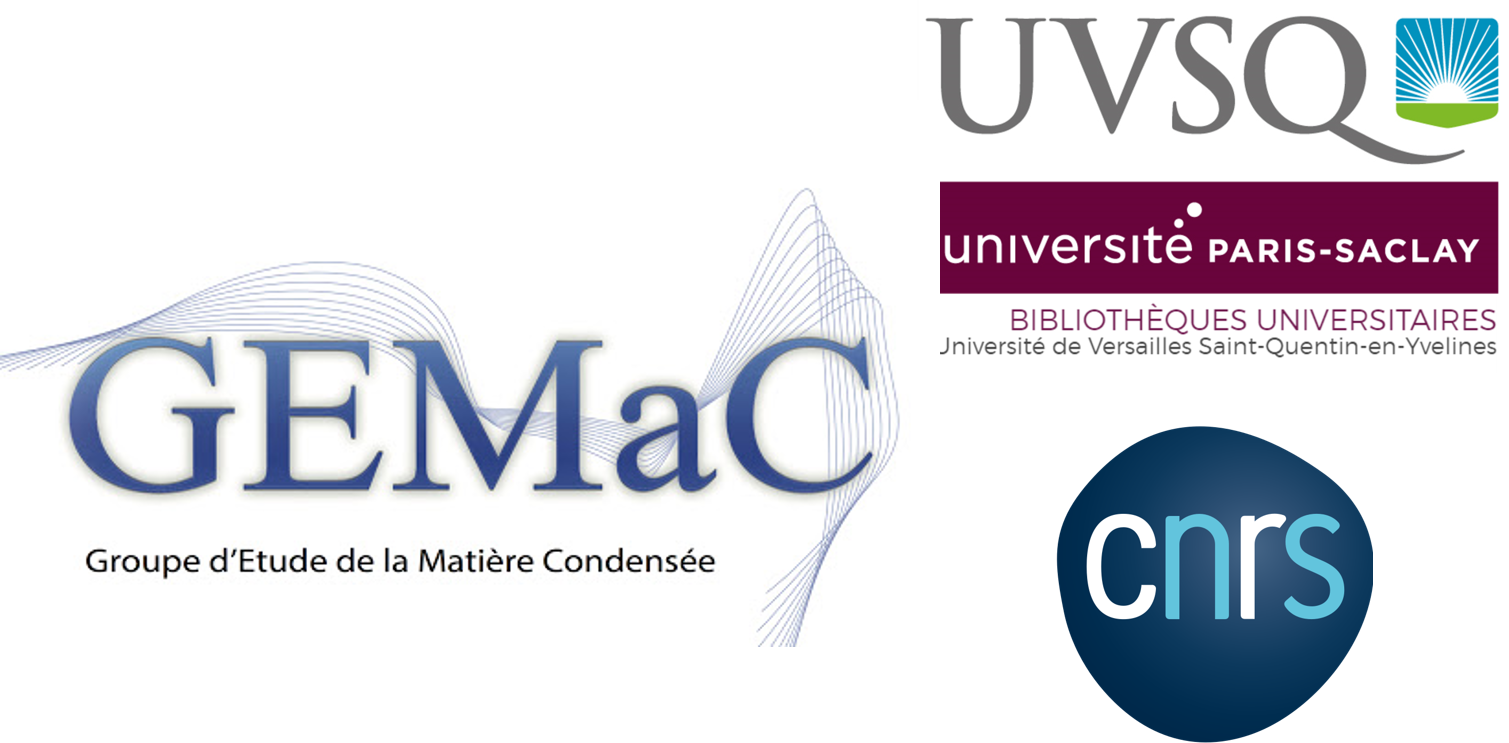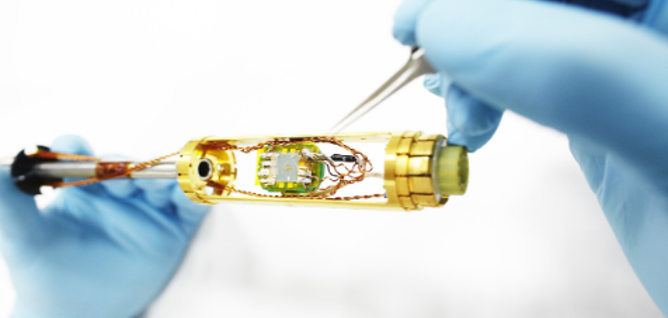Low-Temperature Epitaxy of Fe 3 O 4 Thin Films on ZnO(0001) and Related Interface Studies
Épitaxie à basse température de films minces de Fe₃O₄ sur ZnO(0001) et études associées de l'interface
Résumé
The hetero-epitaxial growth of Fe3O4 thin films on ZnO is studied in the context of opto-spintronic applications, paying a thorough attention to the interface optimization. The samples are grown by pulsed laser deposition using either Fe2O3 or Fe3O4 targets. Firstly, we establish the Fe3O4 growth windows at various oxygen partial pressures and temperatures, for optimal crystalline structure, and magnetic properties. The stoichiometry of the iron oxide is found to be strongly affected by the partial pressure of oxygen in the growth chamber, the role of which is shown to markedly depend on the substrate temperature, varied from 200°C to 600°C. The conditions to favor the growth of pure FeO thin films are also established, using a Fe3O4 target, less rich in oxygen than the Fe2O3. The cationic interdiffusion at the Fe3O4/ZnO interface is investigated with high-resolution scanning transmission electron microscopy (HR-STEM) and secondary ion mass spectroscopy (SIMS). Our analysis reveals that (111) planes of Fe3O4 grow epitaxially on (0001) ZnO planes regardless of the substrate polarity, as confirmed by reflection high energy electron, X-ray diffraction, and HR-TEM analysis. SIMS depth profiling results indicate a significant diffusion limitation of Zn cations towards the film when the growth temperature is lowered down to 260°C. Well-controlled ultra-thin FeO buffer layers are shown to have a negligible role on epitaxy and interdiffusion, due to their oxidation into Fe3O4 during the growth process.
| Origine | Fichiers produits par l'(les) auteur(s) |
|---|---|
| licence |




